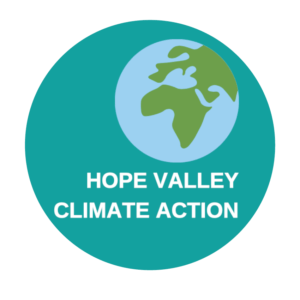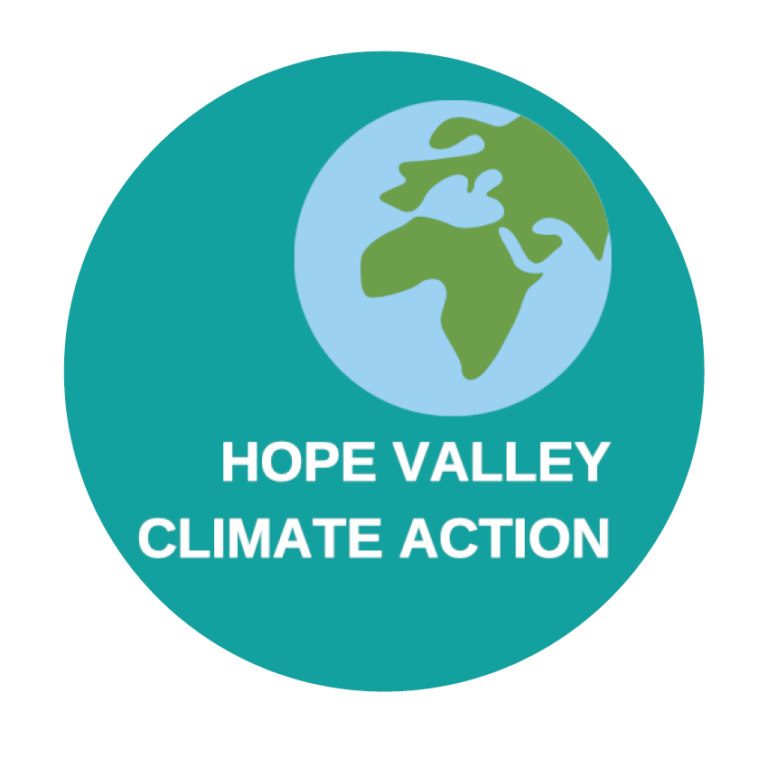Hope Valley Climate Action aims to combat the climate emergency by reducing CO2 emissions. It works through practical projects, raising public awareness, and campaigning for policy change.
Bus services are essential to our vision of integrated, high quality public transport. This would enable much reduced use of private cars, which in turn supports HVCA’s aims. Buses should connect villages with each other, with market towns and with cities. Our overall objective is an hourly bus service to every settlement.
Travel and Transport
In order to reduce the environmental impacts of transport, we need to provide safe, convenient, affordable alternatives so people no longer depend on the use of private cars for mobility. Our vision is for local people and visitors to make every trip through low carbon travel.
Our aim is that visitors and local people:
Walk and cycle for short journeys where practicable
Travel by public transport, with bus and rail services greatly improved.
Use private vehicles only where there is no reasonable alternative, electrically powered and shared where possible.
Public transport We want public transport to be integrated, affordable, convenient and good quality, serving the needs of visitors and local people now and in the future.

Integration means:
- Bus and rail services planned and delivered as an integrated system
- Integration of existing services such as the Hope Valley Explorer and Bakewell and Eyam Community Transport, and consideration of expanding them
- Designated hubs, such as Bamford or Hope, where bus, train and cycle services connect
- One network, one timetable, one ticket: the same low, flat fares for bus and rail within, and to, the Valley; bus and rail tickets interchangeable on routes served by both bus and train, and between bus routes; single, easily accessible public transport timetables
- Bike hire available at one or more stations, including electric bikes
- Far better understanding of what public transport is available, and advantages of using it.
- Integration of demand as well as supply. This means, for example, involving organisations that make journeys necessary such as employers, hospitals, schools, ticketed events. These organisations depend on transport and have data and communication links that they can use to help plan and finance journeys.

Bus services are essential to our approach to integrated transport. They are needed to connect places without a train service, and to connect Hope Valley villages with market towns and with cities. Our overall vision is an hourly bus service to every settlement with a population of 300 or more, as described in CPRE’s “Every Village Every Hour” and demonstrated in European locations. This should be co-ordinated by a single organisation and promoted effectively to local people and visitors.
Currently bus services within, to and from the Hope Valley are inadequate to reduce private car use and hence carbon emissions. To achieve high quality, integrated services we would like to see DCC and bus operators start from first principles when preparing the Bus Service Improvement Plan.
Our approach to a high-quality bus service includes:
- All decisions on services underpinned by up-to-date data on past, present and potential future travel requirements of local people, visitors and organisations which generate the need for travel. Data gathering to include engagement with a variety of user individuals and organisations.
- A mix of services – on-demand and timetabled – to meet needs while using resources as efficiently as possible.
- Specific needs of rural areas considered e.g. size of vehicles takes into account narrow roads.
- Flexibility (start and finish times, enhanced services at busy times, fast services along arterial routes linking to capillary services round the villages).
- Services, especially from other outlying areas, connecting with trains at hubs (eg Bamford or Hope), for commuters and visitors.
- Good information on bus and rail services disseminated through a variety of media including at bus stops.
- Consideration of active travel including buses able to carry bikes and routes which include popular cycling and walking destinations.
- Learning from what has worked elsewhere: don’t reinvent the wheel.
- Involvement with stakeholders including other transport authorities, transport providers, local groups, residents and visitors, throughout the process of developing and implementing improvements to services.



